Red zebra - Pseudotropheus estherae
Scientific name: Pseudotropheus estherae
Common name: Red zebra
Family: Cichlidae
Usual size in fish tanks: 7 - 10 cm (2.76 - 3.94 inch)
014
Recommended pH range: 6.8 - 7.9
Recommended water hardness: 11 - 21°N (196.43 - 375ppm)
0°C 32°F30°C 86°F
Recommended temperature range: 23 - 26 °C (73.4 - 78.8°F)
The way how these fish reproduce: Spawning
Where the species comes from: Africa
Temperament to its own species: peaceful to females
Temperament toward other fish species: peaceful
Usual place in the tank: Middle levels
Food and Feeding
The Red Zebra Cichlid (Pseudotropheus estherae) requires a primarily herbivorous diet to maintain optimal health. High-quality spirulina flakes, algae-based flakes, and specialized cichlid pellets should form the staple diet. Occasional treats such as tubifex, daphnia, and brine shrimp can be offered, but meaty foods should be limited to prevent digestive issues. Feeding small amounts multiple times a day will help maintain proper digestion and avoid overeating.
Origin and Natural Habitat
Native to Lake Malawi in Africa, Pseudotropheus estherae inhabits rocky shorelines and intermediate zones. Their natural environment consists of hard, alkaline water with moderate currents. They are commonly found in areas with abundant algae growth, which serves as a primary food source.
Sexing
Sexing Red Zebra Cichlids is relatively easy due to their distinct sexual dimorphism. Males typically exhibit a blue body coloration, whereas females display a bright orange or reddish hue, sometimes with dark blotches on their bodies. Males also tend to have elongated fins and are more territorial than females.
Breeding
Red Zebra Cichlids are typical maternal mouthbrooders, meaning that the female incubates the fertilized eggs in her mouth for up to three weeks. During this time, she may become reclusive and refuse to eat, which is normal behavior. Once the fry are released, the female will continue to provide protection for another week, gathering them in her mouth at the first sign of danger. Fry can be fed on finely crushed spirulina flakes or newly hatched brine shrimp.
Lifespan
With proper care, Pseudotropheus estherae can live between 5 to 8 years. Maintaining stable water conditions, providing a balanced diet, and minimizing stress are crucial factors in ensuring a long and healthy life.
Tank Requirements and Behavior
Red Zebra Cichlids are relatively peaceful for a Mbuna species but can still display territorial tendencies, especially among males. To minimize aggression, it is best to keep one male with multiple females. The tank should be at least 150 liters (40 gallons) and contain plenty of rock structures to create hiding spots and establish territories. Open swimming spaces should be left at the front of the tank. Due to their tendency to overeat, feeding should be carefully monitored to prevent Malawi bloat.
Suitable Tankmates
Due to their relatively mild temperament compared to other Mbuna, Red Zebras can coexist with other peaceful or moderately aggressive Lake Malawi cichlids. Suitable tankmates include:
- Yellow Lab Cichlid (Labidochromis caeruleus)
- Zebra Cichlid (Maylandia zebra)
- Demasoni Cichlid (Pseudotropheus demasoni)
- Trewavas Mbuna (Labeotropheus trewavasae)
Suitable Plants
While Red Zebra Cichlids may dig around plants, hardy species can still be used to enhance the tank’s aesthetics and provide additional shelter. Recommended plants include:
- Anubias (Anubias spp.)
- Java Fern (Microsorum pteropus)
- Vallisneria (Vallisneria spp.)
Short Description
The Red Zebra Cichlid (Pseudotropheus estherae) is a vibrant and relatively peaceful Mbuna species from Lake Malawi. Its striking coloration, ease of care, and interesting mouthbrooding behavior make it a popular choice for cichlid enthusiasts. To thrive, they require a herbivorous diet, a well-structured tank with rock formations, and proper tankmate selection. Due to their tendency to overeat, careful feeding practices are necessary to maintain their health.
Picture
Bought by aqua-fish.net from jjphoto.dk.
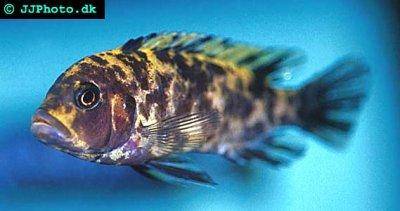

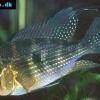 Thread-finned
Thread-finned 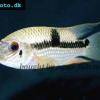 Acara
Acara 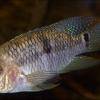 Yellow
Yellow 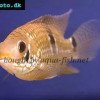 Patrick's
Patrick's 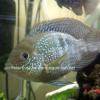 Blue
Blue 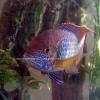 Green
Green 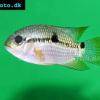 Acara
Acara 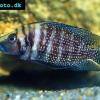 White
White 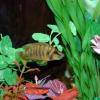 Compressed
Compressed 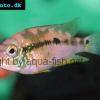 Pastel
Pastel 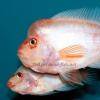 Midas
Midas 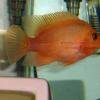 Red
Red 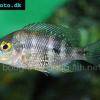 Bluemouth
Bluemouth 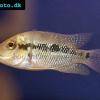 False
False 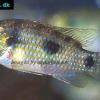 African
African 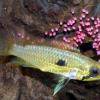 Agassiz's
Agassiz's 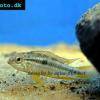 Banded
Banded 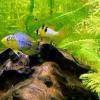 Yellow
Yellow 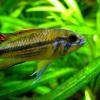 Cockatoo
Cockatoo 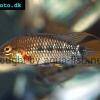 Blue
Blue 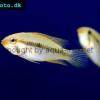 Blackstripe
Blackstripe 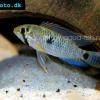 Highfin
Highfin 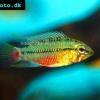 Redstripe
Redstripe 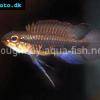 Threadfinned
Threadfinned 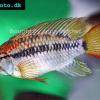 Macmaster’s
Macmaster’s 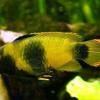 Panda
Panda 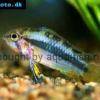 Norbert’s
Norbert’s 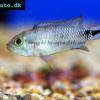 Blue
Blue 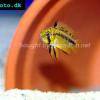 Thin-line
Thin-line 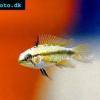 Three-striped
Three-striped 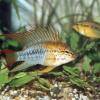 Viejita
Viejita 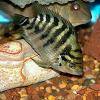 Flier
Flier 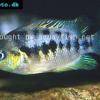 Archocentrus
Archocentrus 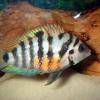 Convict
Convict 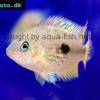 Seven
Seven 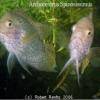 Spiny
Spiny 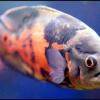 Oscar
Oscar 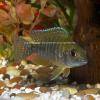 Sunshine
Sunshine 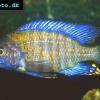 Chitande
Chitande 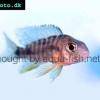 Firebird
Firebird 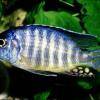 Midnight
Midnight 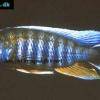 Lake
Lake 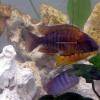 Sunshine
Sunshine 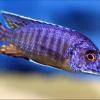 Aulonocara
Aulonocara 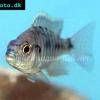 Nyasa
Nyasa 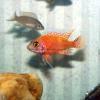 Ruby
Ruby 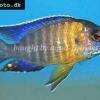 Grants
Grants 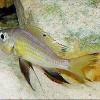 Aulonocranus
Aulonocranus 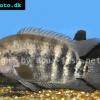 Chameleon
Chameleon 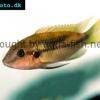 Benitochromis
Benitochromis 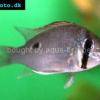 Orinoco
Orinoco 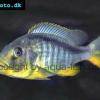 Yellow
Yellow 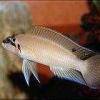 Brichard’s
Brichard’s 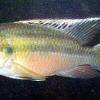 Guenther’s
Guenther’s 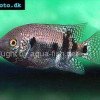 Southern
Southern 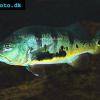 Cichla
Cichla 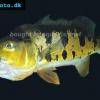 Peacock
Peacock 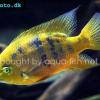 Chiseltooth
Chiseltooth 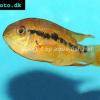 Bolivian
Bolivian 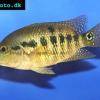 Red
Red  Many-pointed
Many-pointed 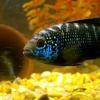 Jack
Jack 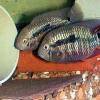 Red
Red 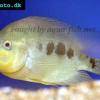 Three
Three 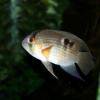 Keyhole
Keyhole 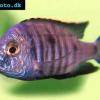 Azureus
Azureus 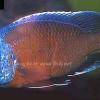 Red
Red 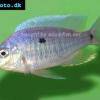 Jackson’s
Jackson’s 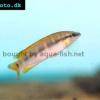 Crenicichla
Crenicichla 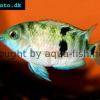 Honduran
Honduran 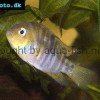 Blue-eye
Blue-eye 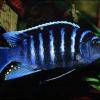 Afra
Afra 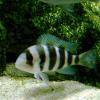 Frontosa
Frontosa 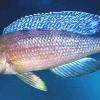 Slender
Slender 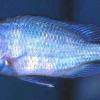 Malawi
Malawi 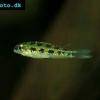 Chequerboard
Chequerboard 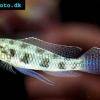 Checkerboard
Checkerboard 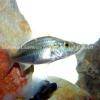 Malawi
Malawi 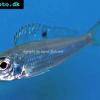 Ectodus
Ectodus 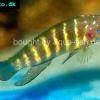 Tanganyika
Tanganyika 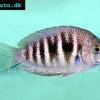 Canara
Canara 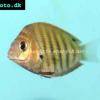 Green
Green 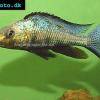 Rostratus
Rostratus 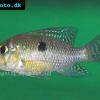 Pearl
Pearl 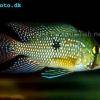 Geophagus
Geophagus 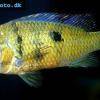 Yellowhump
Yellowhump 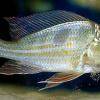 Suriname
Suriname 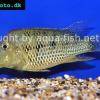 Redhump
Redhump 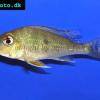 Red
Red 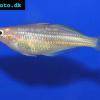 Dority’s
Dority’s 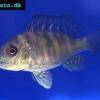 Argentine
Argentine 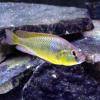 Burton’s
Burton’s 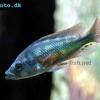 Victoria
Victoria 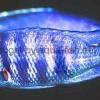 Haplochromis
Haplochromis 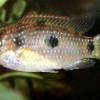 Jewel
Jewel 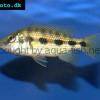 Banded
Banded 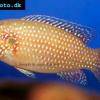 Lifalili
Lifalili 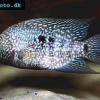 Lowland
Lowland 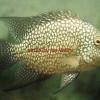 Texas
Texas 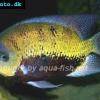 Pantano
Pantano 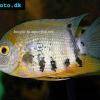 Severum
Severum 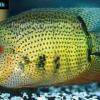 Banded
Banded 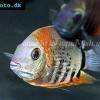 Severum
Severum 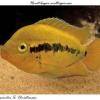 Rainbow
Rainbow 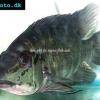 Parrot
Parrot  Chocolate
Chocolate 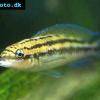 Brown
Brown 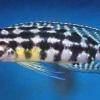 Marlieri
Marlieri 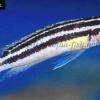 Golden
Golden 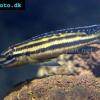 Striped
Striped 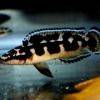 Masked
Masked 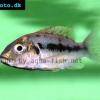 Konye
Konye 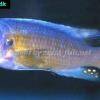 Blue
Blue 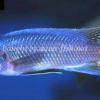 Trewavas
Trewavas 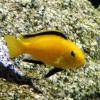 Electric
Electric 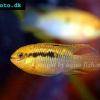 Dwarf
Dwarf 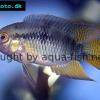 Redbreast
Redbreast 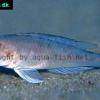 Lamprologus
Lamprologus 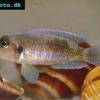 Gold
Gold 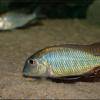 Greenface
Greenface 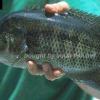 Mayan
Mayan 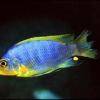 Aurora
Aurora 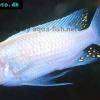 Blue
Blue 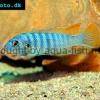 William’s
William’s 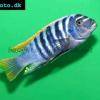 Zebra
Zebra 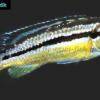 Malawi
Malawi 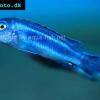 Blue
Blue 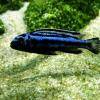 Blue
Blue 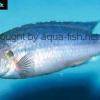 Mbuna
Mbuna 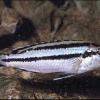 Parallel
Parallel 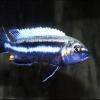 Purple
Purple 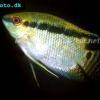 Flag
Flag 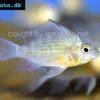 Bolivian
Bolivian 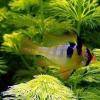 Ram
Ram  Basket
Basket 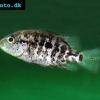 Haitian
Haitian 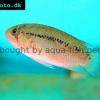 Zebra
Zebra 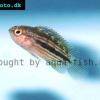 Striped
Striped 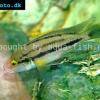 Neolamprologus
Neolamprologus 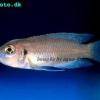 Brevis
Brevis 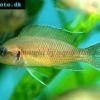 Fairy
Fairy 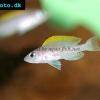 Neolamprologus
Neolamprologus 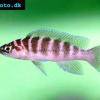 Cylindricus
Cylindricus 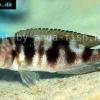 Hecq’s
Hecq’s 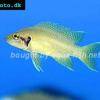 Neolamprologus
Neolamprologus 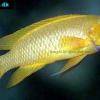 Lemon
Lemon 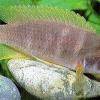 Mustax
Mustax 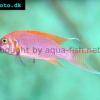 Daffodil
Daffodil 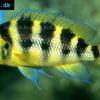 Six-bar
Six-bar 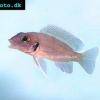 Five-bar
Five-bar 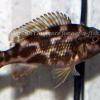 Marbled
Marbled 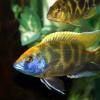 Giraffe
Giraffe 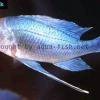 Blue
Blue 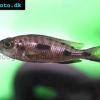 Sulphurhead
Sulphurhead 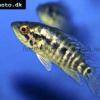 Wolf
Wolf 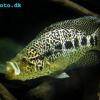 Jaguar
Jaguar 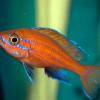 Blue
Blue 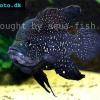 Marakeli
Marakeli 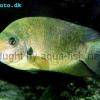 Madagascar
Madagascar 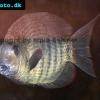 Pinstripe
Pinstripe 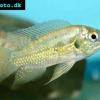 Pelmatochromis
Pelmatochromis 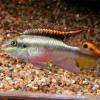 Kribensis
Kribensis 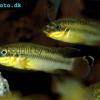 Striped
Striped 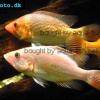 Red
Red 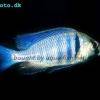 Deepwater
Deepwater 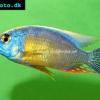 Fenestratus
Fenestratus 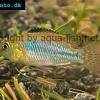 Nichols’
Nichols’ 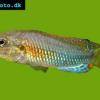 Southern
Southern 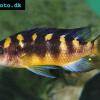 Bumble
Bumble 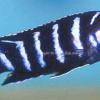 Demason’s
Demason’s 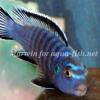 Slender
Slender 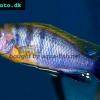 Mbuna
Mbuna 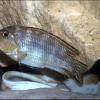 Malawi
Malawi 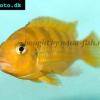 Kenyi
Kenyi 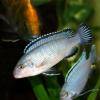 Powder
Powder 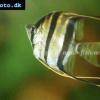 Altum
Altum 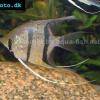 Angelfish
Angelfish 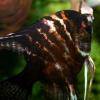 Angelfish
Angelfish 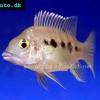 East
East 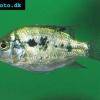 Juba
Juba 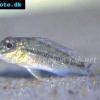 Earth
Earth 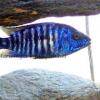 Electric
Electric 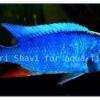 Azure
Azure 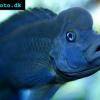 Lionhead
Lionhead 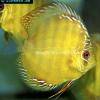 Discus
Discus 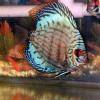 Blue
Blue 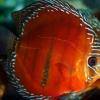 Red
Red  Zebra
Zebra 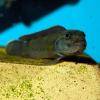 Brichard’s
Brichard’s 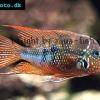 Blue
Blue 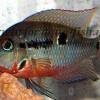 Firemouth
Firemouth 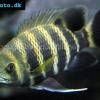 Zebra
Zebra 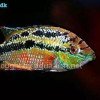 Yellow
Yellow 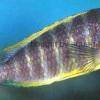 Blue
Blue 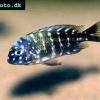 Dwarf
Dwarf 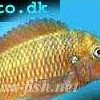 Blunthead
Blunthead 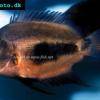 The
The 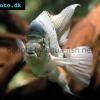 White
White  Twoband
Twoband 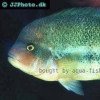 Fenestratus
Fenestratus  Window
Window 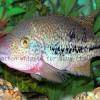 Tailbar
Tailbar 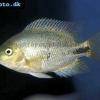 Black
Black 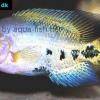 Redhead
Redhead 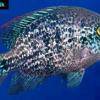 Oaxaca
Oaxaca 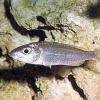 Xenotilapia
Xenotilapia